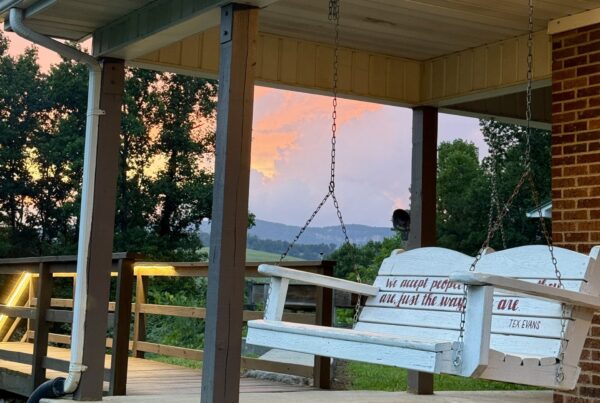Appalachia is always evolving, learning how to fulfill the needs of our people in new ways. As time marches on, industries leave and young populations may dwindle, but opportunities emerge to make the best of the situation. At ASP, there is obviously a focus on the ways structures and buildings can be of service when focusing on the mission to eradicate substandard housing in Appalachia. The homes we repair and the centers we inhabit are significant to any period spent with ASP. Even occupying the centers that we do uplifts the community by us being a presence and filling up a space that would most likely be empty otherwise. As each week of the summer passes by, ASP is a consistent, fresh source of light in these communities and brings new meaning to each space we occupy, especially those with an already rich history.
The most common transformed space I have run into is reclaimed coal camps that have become everyday neighborhoods. Across Appalachia, the coal industry once boomed and whole towns were constructed to serve coal miners and their families in close proximity to the work site. To my understanding, these homes were not built to last long as coal companies anticipated the jobs to be temporary so long-term, stable housing was not necessary. In Magoffin County, Sarah and I met a homeowner, Margie, who has lived in the same home since childhood in a holler that was once a coal camp. Her family moved there when a home became available so her father could have shorter treks to work. Today, she still lives in community with her neighbors who occupy refurbished company homes.
As Appalachia moves away from the coal industry as it once was, our people have reclaimed the land and continued to prosper despite the decline in jobs. Margie’s home is surrounded by a garden that nourishes her and holds relics of her long history there. Her home is heated by the original wood furnace that was there when she arrived as a young girl. ASP has provided the space for Margie to continue existing in a home that may not have been meant for a lifelong stay but is a piece of her history that can now be more suitable to her needs.
Outside of the homes we serve, our centers oftentimes have interesting backgrounds as well. Typically, I volunteer with ASP during spring break, so I was surprised by the unique spaces turned into centers. This summer, we are in an out-of-commission hospital in Leslie, KY, a coal supply warehouse turned non-profit organization headquarters in Harlan, KY, and many, many public schools that are either out for the summer or no longer in use. Each center has its own implications for the state of the community it resides in. Schools no longer have enough students to stay open or the community was no longer able to sustain a teaching hospital up in the hills.
Opening these spaces to ASP creates a new purpose by becoming a home for staff throughout the summer and being a symbol of change in the community. The centers house volunteers, create jobs for cooks and other necessary positions, and, most importantly, give ASP the ability to chip away at the presence of substandard housing in Appalachia. Establishing centers creates a new relationship between the community and the structure. An old, forgotten place can become a sign of hope and resilience or a place that has already signified that can amplify their presence. Either way, ASP becomes synonymous with the spaces and so does the spirit of renewal that follows. As a young Appalachian, I see renewal as a way forward, looking for ways to work with what we already have to craft a healthier Appalachia.
Taylor Beam
Story Gathering Intern




